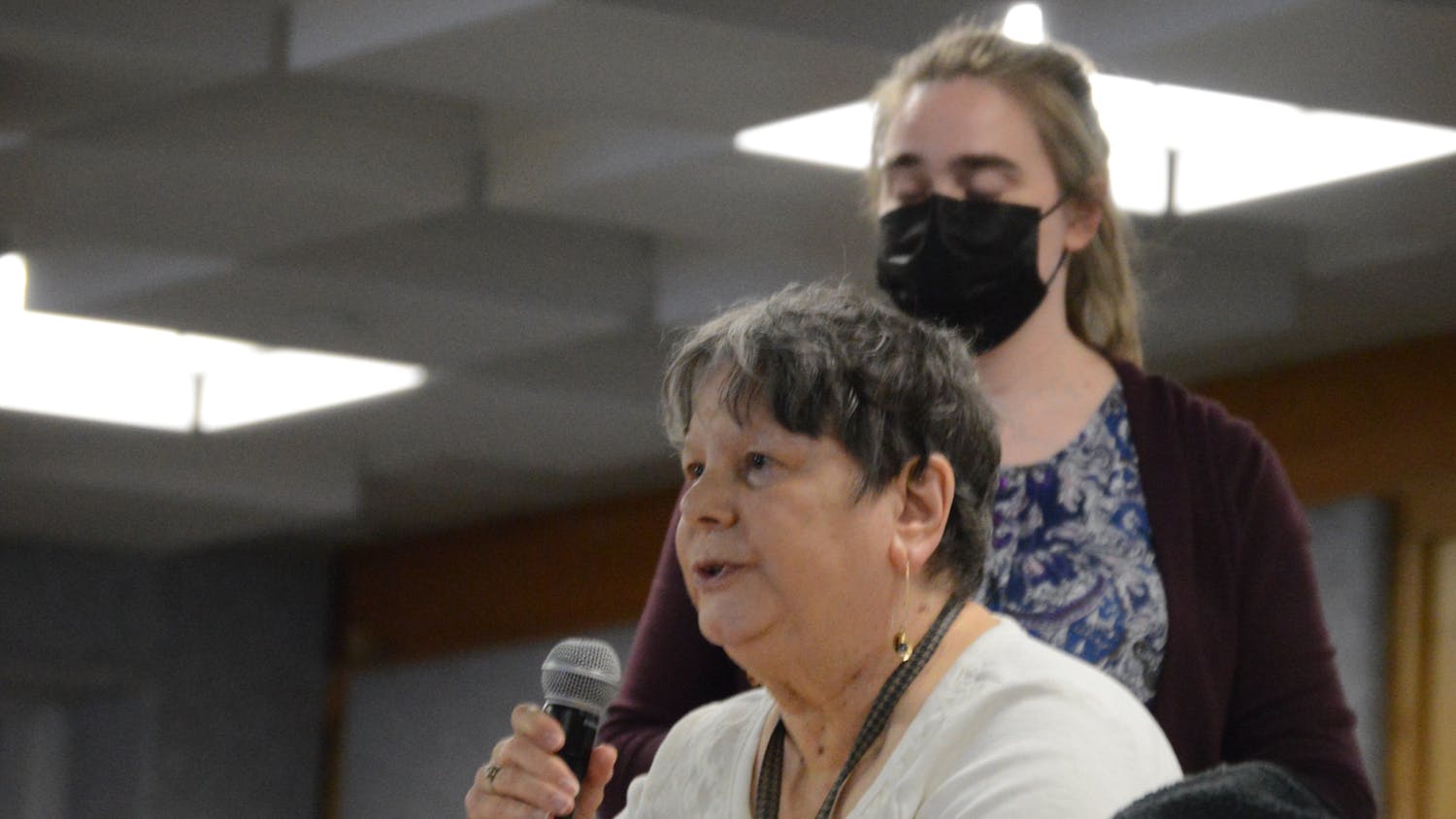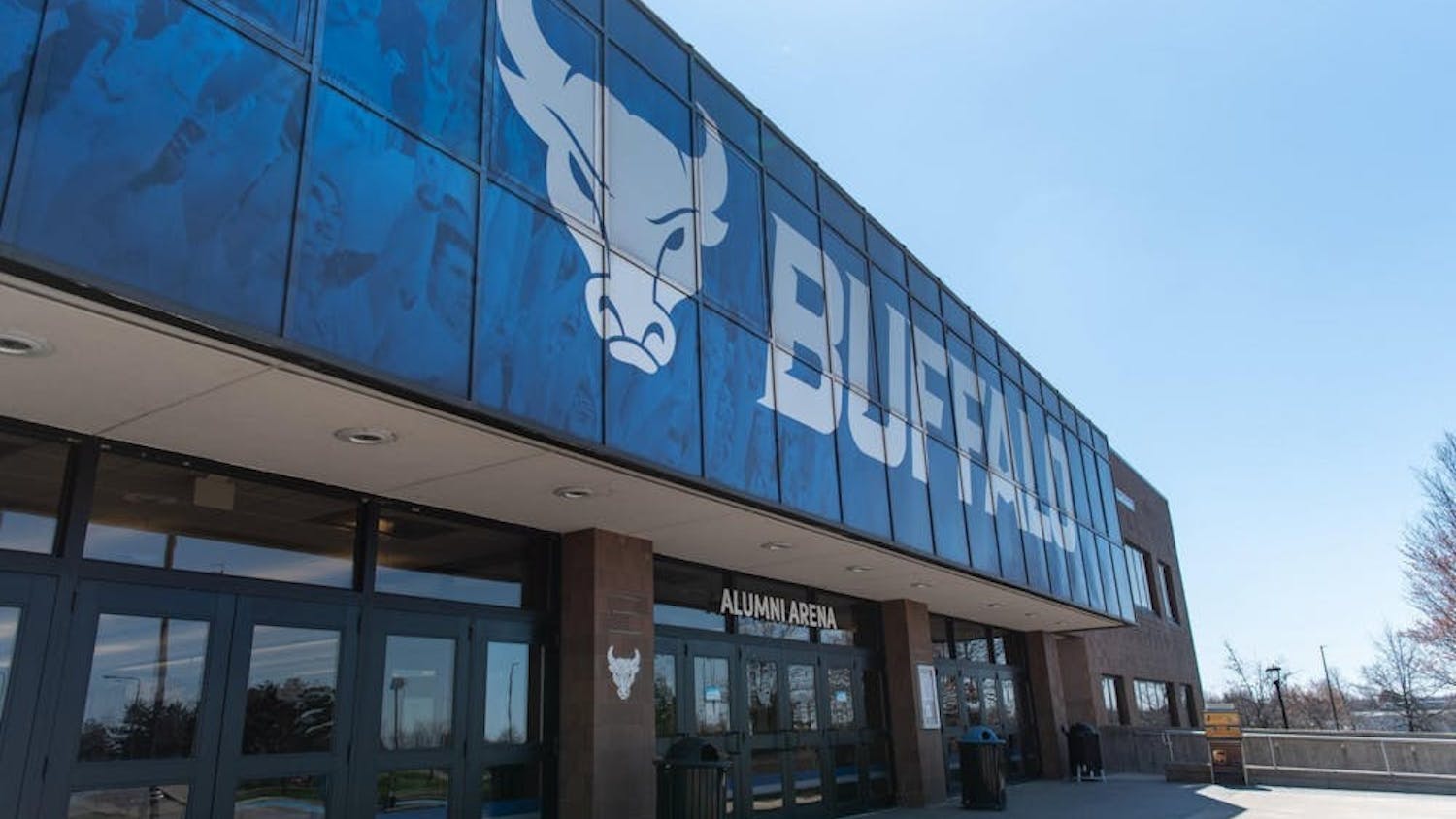UB undergraduates pay a $104.75 student activity fee each semester, but many don’t realize where that money goes.
The student activity fee goes directly into the Student Association’s $4.4 million budget – the largest student government budget in the SUNY system – which is managed and allocated by SA Treasurer Janet Austin.
Austin feels it’s “sad” many students do not know what SA actually does.
“I feel like lot of people think that SA money just goes to the fests but there’s so much more that goes to it,” Austin said.
SA funds the annual Fall and Spring Fests, Homecoming Carnival and the Fall and Spring Galas. SA allocates funds for off-campus activities including Sabres, AMC and Shea’s tickets and, starting this year, Bills tickets. SA also funds half of the budgets for the roughly 150 student-run clubs and organizations on-campus. The groups have to fundraise for the remainder of their budgets. A portion of the $4.4 million goes towards paying SA staff members.
The student activity fee is determined democratically, based on periodic referendums that students can vote on. The referendums let students vote on whether the fee should be mandatory – as it is now – or optional. They can also vote on whether to raise or lower the fee, and it is ultimately decided based on student consensus, according to Student Activities Assistant Director Luke Haumesser, who is responsible for ensuring the elections follow SUNY guidelines.
“It’s my responsibility to empower students to vote, to participate and to have a say. It’s not my fee, it’s their fee,” Haumesser said.
Transparency is important to Austin, and she wants students to understand they have a right to know how their money is being spent.
“Everything is public, so if students want to know where money is being spent in SA, they can look at the general ledger [online] or they can even just come up to the office and ask us,” Austin said. “I know a lot of times students get mad because they don’t see the fest artist they want so they’re like, ‘Well, where is my money going?’ Well, they can actually come up and ask us and we can tell them exactly where it’s going.”
As treasurer, Austin is responsible for looking at all the money a club wants to spend as well as allocating where $4.4 million goes. If anybody wants to make a purchase with SA money, she has to approve it. Once the purchase has her approval, Haummesser reviews the purchase to ensure it follows the SUNY student activity fee guidelines.
“[SUNY] guidelines stipulate what the fees can be used for, how the fee is collected and distributed,” Haummesser said.
He then signs a fiscal agreement with Sub-Board I, and SA can then allocate the funds as they see fit.
Every purchase is tracked and monitored, making sure to catch any errors, all while keeping open communication with SA, according to Haummesser
“The lot of checks and balances and safeguards are in place to protect the integrity of student activity fee,” he said.
After Haummesser approves a purchase, SA President Leslie Veloz or SA Vice President Jamersin Redfern give the final stamp of approval.
“But I’m really the first person to look at it and if I feel like it’s an unnecessary purchase or a good purchase, I’m the first one that looks at it. And I have to approve it before it can go through, so those other three people can’t approve of it unless I do it first,” Austin said.
Casey Berry, junior industrial engineering major “doesn’t love” the fact that she has to pay a student activity fee, but she appreciates that she’s able to participate in campus activities without paying extra, so she feels it is worth it.
“It’s nothing crazy – tuition is already thousands; a hundred isn’t too much to add on,” Berry said.
Austin thinks the student activity fee is worthwhile because it helps provide students with a well-rounded college experience.
“Coming to college is more than just going to learn and study. There’s a whole other atmosphere that students should be engaged in. [There are] other things on-campus that students should be able to go to as well and explore and not just always have to be in the library studying,” Austin said.
Maddy Fowler is an assistant features editor and can be reached at maddy.fowler@ubspectrum.com




